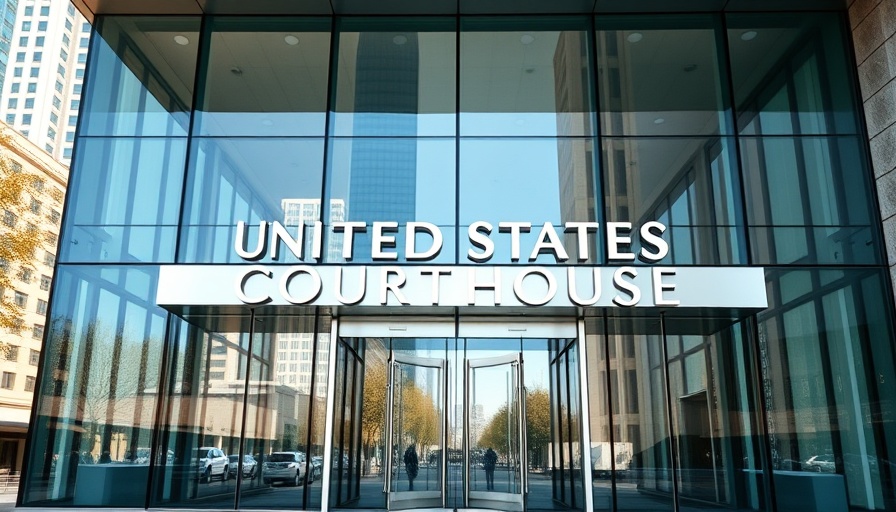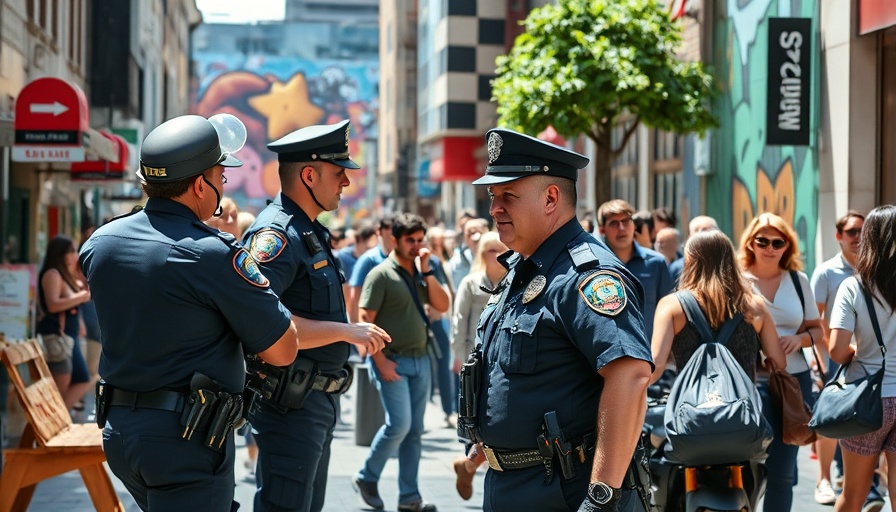
Unforeseen Reinstatements: A Complex Legal Landscape
On the eve of a pivotal hearing in Oakland, the landscape of student visas underwent a sudden and unexpected shift. A United States District judge had the potential to determine the immigration status of hundreds of international students, whose visas had recently been terminated under a controversial policy. However, a day prior to this critical moment, reports flooded in from across the nation about numerous reinstatements of student status—many occurring without the individuals having filed lawsuits. This sudden restoration of status raises vital questions about transparency and the future of immigration policy for students.
In this particular case, the judge temporarily restored the status of all plaintiffs involved but did not provide a comprehensive national ruling. The court plans to reconvene in mid-May to further examine the situation, which sharply involves eight lawsuits representing over 50 students and graduates. Strikingly, a third of the plaintiffs had their visas reinstated just before the hearing. Amid this backdrop, a government attorney revealed the agency is developing a new protocol for the termination of international student statuses, suggesting that affected students would remain under status until this new process is finalized.
The Impact of Ongoing Litigation
The legal turmoil surrounding these visa terminations extends beyond just individual stories. Reports indicate that at least 60 lawsuits are being pursued across the country, each challenging the immigration policies that led to widespread terminations. This mounting legal pressure has necessitated broader actions, including the pursuit of a nationwide injunction and multiple class-action lawsuits. Gilles Bissonnette, legal director of the ACLU of New Hampshire, suggests that the ongoing litigation may have compelled the government to reconsider its stance, having witnessed the profound effects on students' lives.
However, the nature of the changes, particularly in regard to transparency, has drawn criticism. Bissonnette pointed out the opaque nature of the policy implementation, stating, “This whole system or policy was implemented in secret,” leaving many students scrambling to understand their rights and options following the abrupt changes. The silence from the government regarding the mechanics of the reinstatement only compounds the uncertainty faced by students.
Long-Term Consequences of Policy Changes
The hearing further illuminated crucial concerns about the restoration of legal status. While many of the students may have regained some level of security, lawyers noted that the damage caused by the abrupt status terminations remains. For those who left the country during the uncertainty, a new visa application process awaits them; several students have lost their jobs or even faced detention during this tumultuous period.
During proceedings, government representative Pamela Johann emphasized that a national solution was unwarranted as they are actively working to reactivate the records of affected individuals. Judge Jeffrey White, however, expressed doubts about this claim, noting the unpredictability of the government’s decisions. “It seems like there’s a new order every day,” he remarked, highlighting the fluidity and inconsistency of the current immigration landscape.
Anticipating Future Developments
As the case progresses, the question remains whether a comprehensive national injunction will be established to offer lasting protection to students affected by these shifts. John Nicholas Sinodis, one of the plaintiff’s attorneys, argues that without a national order, long-term consequences could haunt the students who experienced status changes. These concerns of uncertainty are representative of a broader trend in U.S. immigration policy that has oscillated between strict regulations and sudden reversals, creating a precarious path for international students navigating their education and lives in America.
Taking Action: What Students and Supporters Can Do
In light of this evolving situation, it is essential for affected students and their advocates to remain informed and engaged. Collectively, they can push for transparency and consistent policy measures that bring clarity to a confusing and demanding process. By advocating for their rights and participating in legal proceedings, students can influence outcomes while also protecting their interests.
Ultimately, clarity and predictability in immigration policies can lead to better educational experiences for international students. As these legal battles unfold, raising awareness and mobilizing community support will be crucial in shaping the future of student visas in the U.S.
 Add Row
Add Row  Add
Add 




 Add Row
Add Row  Add
Add 

Write A Comment